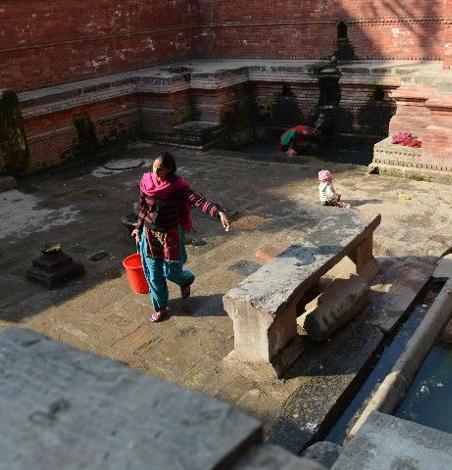Nepal’s thirsty capital loses ancient taps to construction
From early morning, housewives carrying buckets and brass pots queue in the back streets of Nepal’s capital for the free water pumped from a network of ancient stone spouts. A lifeline in a city with erratic government supplies and expensive private alternatives, Kathmandu’s intricately carved communal spouts have survived invasions and earthquakes. But the centuries-old water taps are now suffering from a much more modern threat, the rapid development of the chaotic capital, to the despair of thousands of Kathmandu’s residents who depend on them. Already more than half of the valley’s 389 spouts have fallen into disrepair, according to a 2006 survey by the Kathmandu-based NGO, Forum for Urban Water and Sanitation (NGOFUWS).
Unplanned urbanisation and over-extraction of groundwater is crushing the ancient supply system of the spouts.
NGOFUWS secretary Anil Sthapit
The population of sprawling Kathmandu has expanded by 60 per cent in a decade, according to Nepal’s 2011 census, with some 2.5 million people requiring 350 million litres of water per day. But the struggling city’s government is only able to meet about half that demand and private companies charge up to $11 for 1000 litres - an unaffordable price for many residents - making the free taps a critical part of Kathmandu’s infrastructure.
We don’t have the luxury of buying water for everyday use… I don’t know what I will do if this stone spout dries up.
Mother-of-three Namita Maharjan, 34

Asia-Pacific